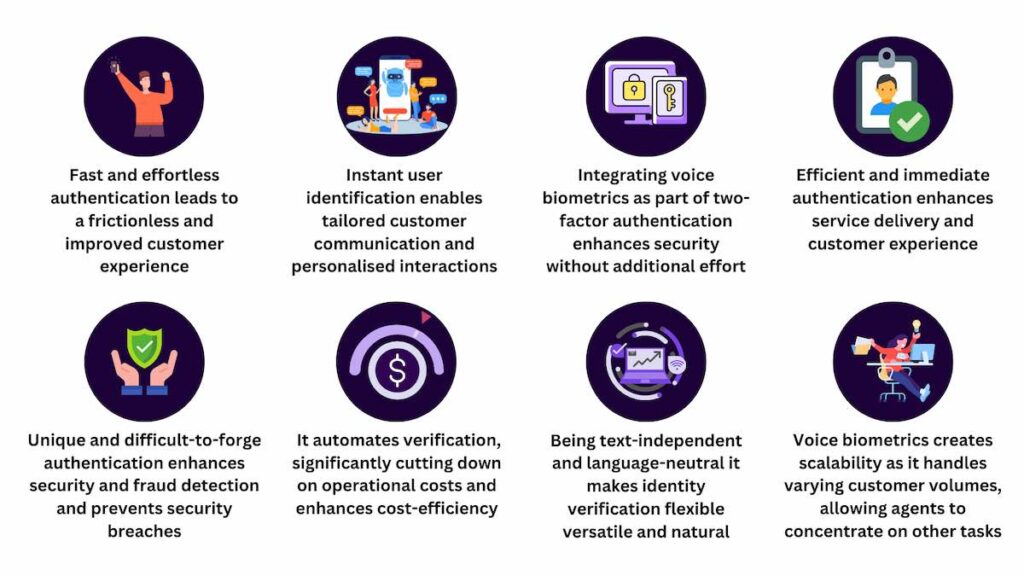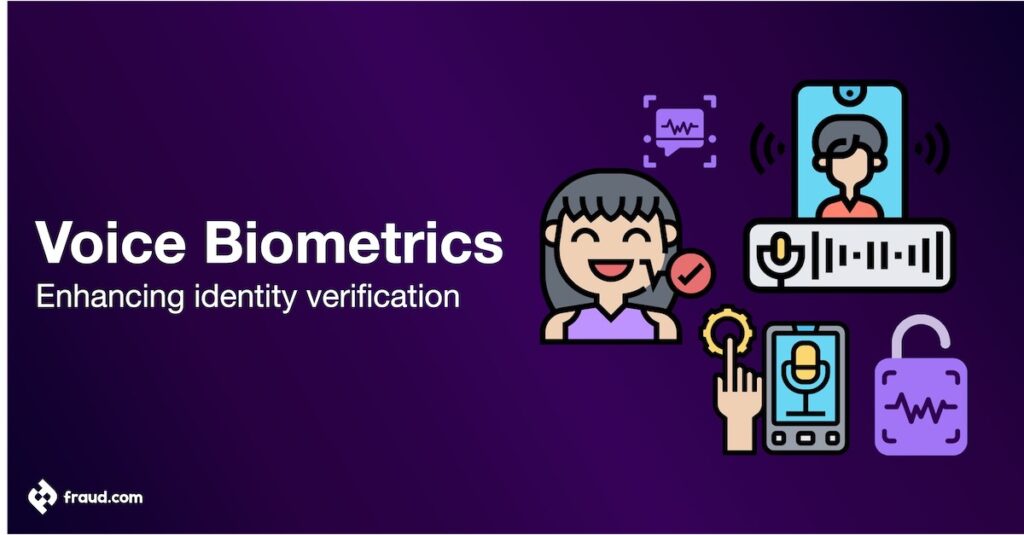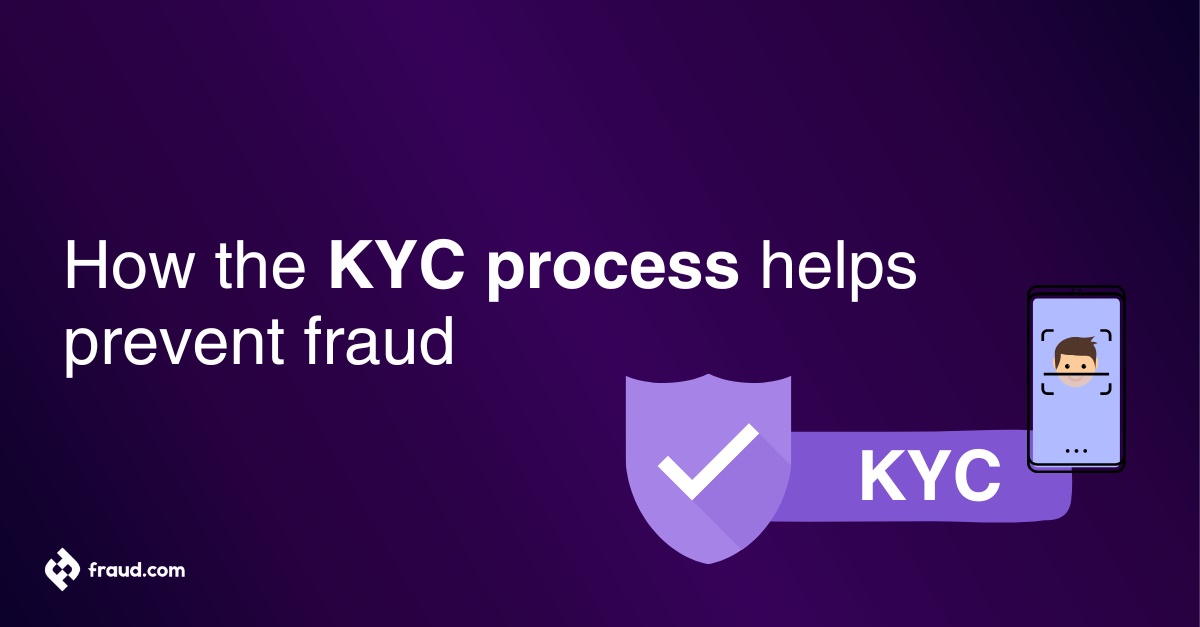In an ever more digital world, traditional security methods like passwords and security questions fall short of protecting against relentless fraudsters. The alarming rise in data breaches and identity theft demands more robust and innovative technological solutions. Voice biometrics serves as a revolutionary tool in this arena.
Leveraging the unique vocal characteristics of each individual, voice biometrics provide a highly secure, user-friendly method for verifying identities. As more businesses realise the potential of voice biometrics, it is becoming a fundamental component in various of industries ranging from banking to healthcare. In this article, we delve deeper into the nuances of voice biometrics, its current applications, and what the future holds for this promising technology.
Table of Contents
ToggleWhat is voice biometrics?
Voice biometrics is a sophisticated technology designed around the unique aspects of an individual’s voice. Essentially, it is a form of biometric authentication that uses key vocal characteristics to identify and verify the identity of a speaker. It stands apart from other forms of biometric data, such as fingerprints or facial recognition, by analysing the distinct features embedded within a person’s voice. This technology captures a digital model of the speaker’s vocal features, creating a unique biological signature known as a ‘voiceprint.’
This technology is built on the proposition that each person’s voice is unique, similar to a thumbprint or retina pattern. A voiceprint is created based on several variables, including the shape and size of one’s throat, nasal passages, and other physical characteristics. Speed, rhythm, pronunciation, and accents are non-physical variables that also play a significant part in shaping a voiceprint.
Once these voiceprints are created, they are stored and later employed for cross-verification or authentication. The effectiveness of voice biometrics as a reliable security tool is largely due to the uniqueness and intricate characteristics of the human voice. It’s this promise of individuality that leads many organisations to see the value in voice biometric systems when it comes to improving customer experience and reducing operational costs.
The role of voice biometrics in digital identity verification
As traditional password and PIN-based systems face limitations, voice recognition technology emerges as a reliable and user-friendly alternative. This technology’s notable applications span various industries, including finance, where voice biometric systems authenticate the distinctive voice characteristics of customers. This authentication process provides a seamless user experience, all while allowing customers to access services using their remote devices.
In today’s digital age, voice biometrics plays a key role in upgrading the operations of modern call centres. Instead of being reliant on live agents for handling customer identities, contact centres are employing voice biometrics for identity verification through the unique vocal characteristics of each customer. This approach not only enhances customer experience but also significantly reduces the need for live agents, thus reducing operational costs.
Furthermore, given the escalating incidents of fraud and associated security breaches that bear a high cost for businesses, the deployment of voice biometrics comes as a highly cost-effective and efficient solution. It empowers businesses to mitigate fraud risks without compromising user experience, adding an extra layer of security.
The use of voice biometrics serves multiple advantages in the process of identity verification. Some of these advantages include:

In a nutshell, these benefits illustrate the impressive capabilities of voice biometrics in identity verification, redefining customer interactions with businesses while assisting the latter in ensuring data security and integrity.
How do voice biometrics work?
Understanding the operational underlings of voice biometrics is crucial to fully grasp its potential. Here is a step-by-step overview of how voice biometrics work:
- Enrollment: The initial step in the voice biometric system involves enrollment. The customer speaks into the system which records the voice sample and analyses various voice features, including pitch, accent, cadence, and tone.
- Voiceprint creation: Unique features from this sample are extracted and used to create a voiceprint – a digital representation of the person’s voice, in much the same way fingerprints uniquely represent human identity.
- Voiceprint storage: The voiceprint is then securely stored in the system. Security is of prime importance, ensuring these voiceprints are safe.
- Authentication: When authentication is required in the future, the user simply speaks into the system, resulting in voice authentication.
- Voiceprint analysis: The biometric system captures the customer’s voice and compares it with the previously stored voiceprint.
- Decision making: If the live voice sample and the stored voiceprint are similar, access is granted. If not, the request is denied, providing an additional layer of security for fraud detection.
- Continuous learning: Voice biometric systems use neural networks to continuously learn and improve the accuracy of authenticating the customer’s voice.
This simple yet powerful process serves as the core of voice biometrics and its application across various sectors, demonstrating its significant impact in combating fraudulent activities while ensuring a user-friendly experience.
The future of voice biometrics
Looking forward, the integration of voice biometrics with other biometric technologies, like neural networks, will set a new standard for comprehensive authentication. Society will greatly benefit from the broader application of this technology, namely, secure digital identities.
The compelling developments within the voice biometrics industry indicate a future where biometric authentication methods such as these will become an integral part of everyday life. The potential for integration with neural networks, for instance, offers insights into the creation of highly sophisticated security systems.
Imagine walking into a bank or logging into your financial account at a call center, and the only required authentication is the sound of your voice. By integrating voice biometrics with artificial intelligence (AI) and machine learning in fraud prevention technologies.
Moreover, these advancements are expected to help minimise operational costs in industries such as banking, telecommunications, and healthcare. Future developments in voice biometrics may no longer need humans to answer security questions. Instead, the high accuracy of voice recognition and biometric technology could result in completely automated and fraud-free systems.
Furthermore, the technology’s potential doesn’t stop there. Touchless and contact-free experiences are already altering the customer experience paradigm. The advent of COVID-19 has accelerated this move toward touchless technologies in several industries. By offering a completely contactless verification system, voice biometrics can improve customers’ overall experience by reducing the time and effort required to verify their identity.
In conclusion, voice biometrics, coupled with neural networks and other technologies, have the potential to revolutionise our approach to security and identity verification in the future. While there are challenges to be addressed, like data privacy and ethical issues, the future trajectory of voice biometrics is certainly promising. With continuous research, development, and integration with existing technology, voice biometrics is poised to become an instrumental part of our digital identity in a rapidly evolving digital landscape.
Voice biometrics by Udentify
The power to clearly define the real identity of your customers lies within Udentify. In mere seconds, Udentify ensures the credibility of customers, users, employees, business partners, patients, students, players, and gamers during account opening or onboarding.
As a pioneering solution, Udentify’s biometric identity suite combines the efficiency of AI facial and voice recognition with passive liveness detection. This combination contributes to an unmatched anti-spoofing identity solution and reusable biometrics across mobile, web, and telephone channels.
Meanwhile, Udentify keeps things simple yet secure throughout the entire transaction lifecycle, effectively eliminating friction and fraud. Its strength lies in providing an effortless, passwordless authentication loved by users and hated by fraudsters.
Users can access services with a simple scan of their face, a few spoken words, or a combination of both, Udentify offers an ultimate authentication experience. The system is secure, fast, frictionless, and cost-effective, thereby providing an ideal alternative to older, less secure password systems.
Incorporating this mechanism not only enhances the customer’s voice per se, but it also takes into account the dynamics of different teams such as the contact center, freeing up agents for efficient operations. As a text-independent solution, Udentify significantly improves customer experience and reduces operational costs. This truly encapsulates the power of voice biometrics by Udentify.









